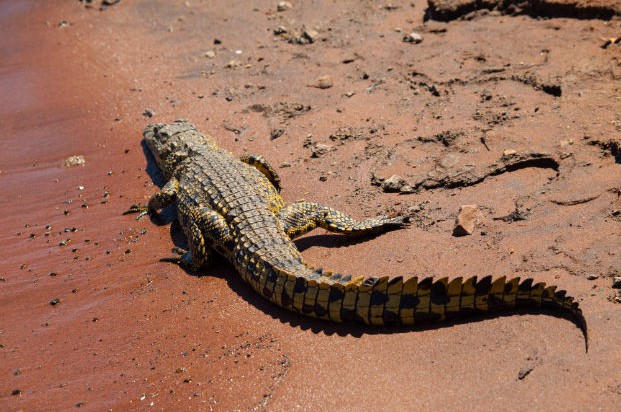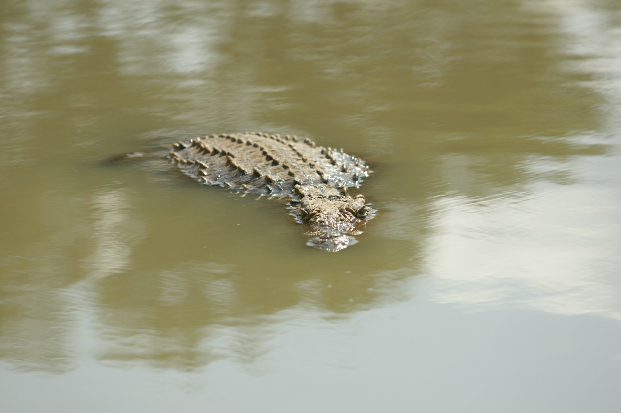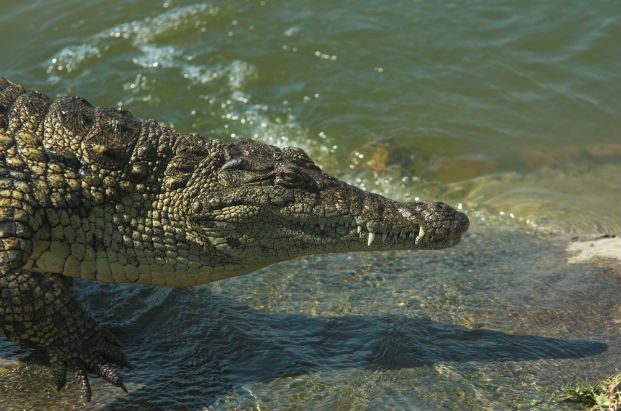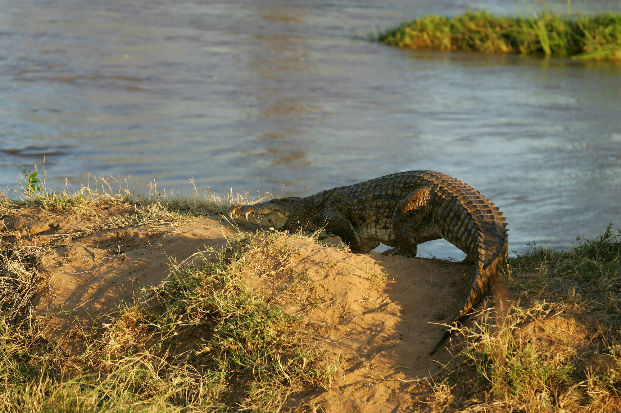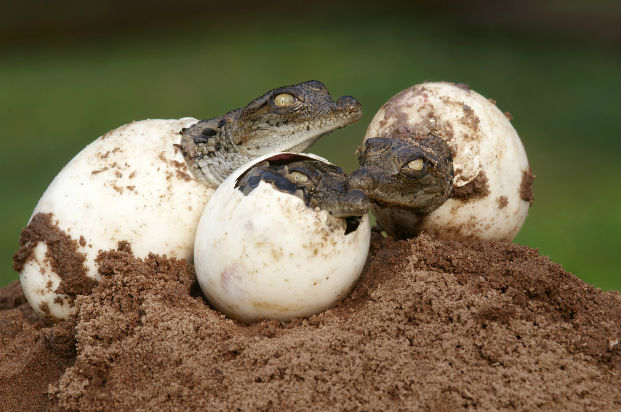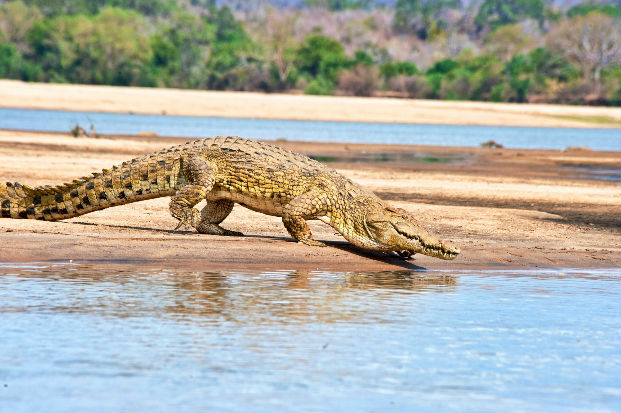The Nile crocodile is one of the most dangerous crocodiles in the world. It can reach 6m in length and weigh 1,000 kg. This reptile has barely changed over the last 70 million years and resembles its dinosaur ancestors. An effective predator of both fish and, as it matures, mammals which it hunts both stealthily and opportunistically.
Vote for the fact you find most fascinating
Nile crocodiles are the most vocal of all reptiles, during the mating season the male will roar making a noise like a drum roll which will be answered by the female with a growling roar.
A female Nile crocodile will dig a 50 cm deep hole where she will lay approximately 45 eggs in layers which are divided by sand to protect them. Once the eggs have been buried she will stand guard for 3 months.
Some Nile crocodiles, particularly the larger ones, will swallow pebbles and stones to help with digestion and to act as ballast.
Nile crocodiles are approximately 30 cm at hatching and grow at a rate for the first 7 years of 27 cm per annum. They then slow to 4 cm a year for the following 15 years.
Unusually for reptiles the Nile crocodile has a four chambered heart which enables it to dive in deep water for long periods. These chambers are used to equalise the blood pressure in the crocodile’s veins and arteries.
The female Nile crocodile will be alerted to her hatching eggs by high pitched chirps. On hearing this she will excavate the eggs and transport the hatchlings in her mouth to the water where she will stand guard.
The sex of Nile crocodiles is determined by the temperature at which the eggs are incubated. Females are produced at temperatures between 26 and 30 degrees centigrade and males between 31 and 34.
A Nile crocodile has roughly 66 sharp edged and pointed teeth which are continually replaced throughout its life. It is thought that a 4 m long crocodile will have had 45 sets over its lifetime.


